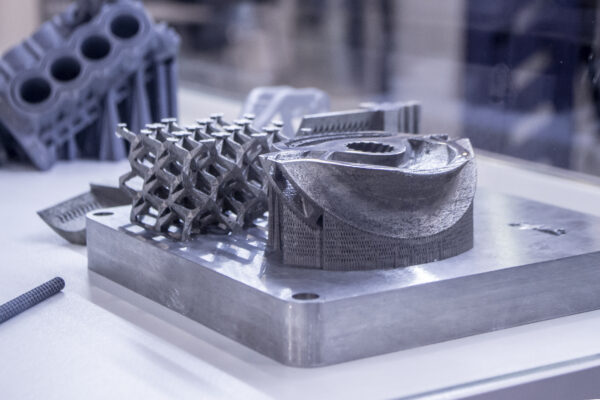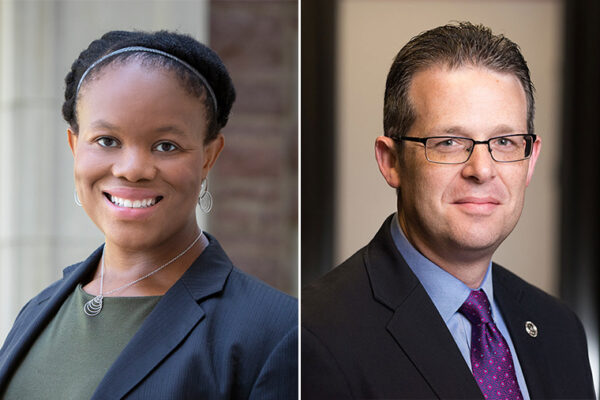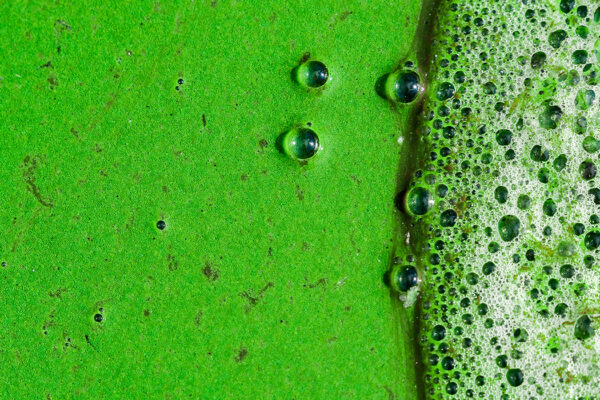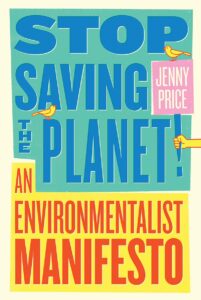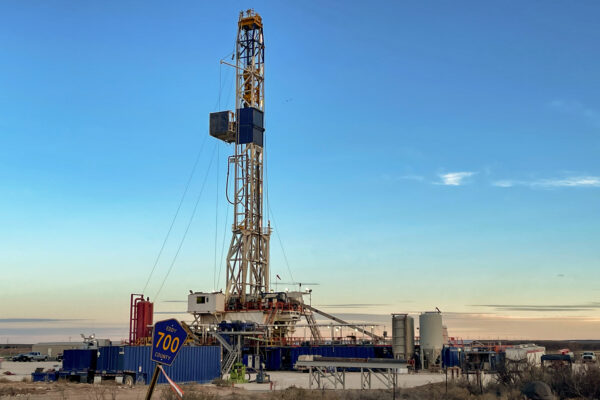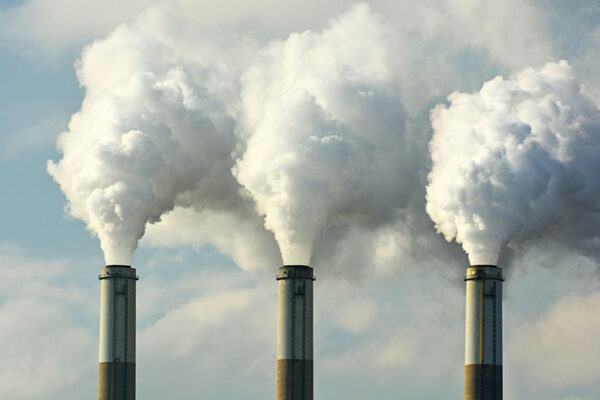Midwest-UK dialogue to examine collaborative climate action
The British Consulate-General in Chicago will partner with the Midwest Climate Summit for an online climate action dialogue March 3; the Washington University community is invited to attend.
Weisensee receives NSF CAREER Award
Patricia Weisensee, assistant professor at the McKelvey School of Engineering, has received a $557,000 CAREER Award from the National Science Foundation.
Wang receives grant to study volatiles in early solar system
Kun Wang, assistant professor of earth and planetary sciences in Arts & Sciences at Washington University in St. Louis, received a $506,053 grant from the NASA Emerging Worlds program for his project, “Experimental Studies of Volatile Fractionation in the Early Solar System.”
Imoukhuede, Payne named AIMBE Fellows
Two faculty members from Washington University — Princess Imoukhuede and Philip R. O. Payne — have been named fellows of the American Institute for Medical and Biological Engineering (AIMBE). AIMBE’s College of Fellows is limited to the top 2% of medical and biological engineers.
Building a better green workhorse
Biologist Himadri Pakrasi in Arts & Sciences leads a team awarded $1.7 million from the National Science Foundation to streamline the genome of a cyanobacterium for sustainable production of food, feed and fuels.
Stop Saving the Planet!
An Environmentalist Manifesto
We’ve been “saving the planet” for decades!…And environmental crises just get worse. All this hybrid driving and LEED building and carbon trading seems to accomplish little to nothing—and low-income communities continue to suffer the worst consequences.
Solved: The mystery of toxic fracking byproducts
Research from the lab of Kimberly Parker at the McKelvey School of Engineering reveals how certain, toxic byproducts of hydraulic fracturing are created. The next step is to determine whether or not there’s something to be done about it.
Mechanism behind heartbeat regulation, heart function uncovered
Jianmin Cui, at the McKelvey School of Engineering, and Po wei (Billy) Kang, an MD/PhD student at the School of Medicine, led an international team that studied heartbeat regulation and heart function. The work was published in Science Advances.
Law clinic’s work inspires federal bill
The School of Law’s Interdisciplinary Environmental Clinic’s 2019 report “Environmental Racism in St. Louis” is helping to shape new federal legislation.
Biologist Dixit awarded $2M to study dynamics of intracellular scaffolds
Plant and animal cells rely on the versatile microtubule cytoskeleton. Researchers in Arts & Sciences at Washington University in St. Louis received new funding from the National Institutes of Health to uncover the inner workings of these structures, including how they change configuration based on a cell’s needs.
Older Stories

